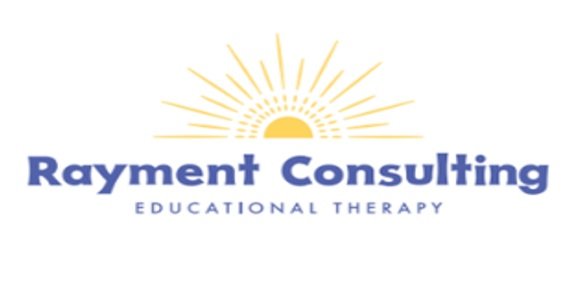Dyslexia is a specific learning disability that is neurological in origin. It is characterized by difficulties with accurate and/or fluent word recognition and by poor spelling and decoding abilities. These difficulties typically result from a deficit in the phonological component of language that is often unexpected in relation to other cognitive abilities and the provision of effective classroom instruction. Secondary consequences may include problems in reading comprehension and reduced reading experience that can impede growth of vocabulary and background knowledge. Adopted by the IDA Board of Directors, Nov. 12, 2002. This Definition is also used by the National Institute of Child Health and Human Development (NICHD). Many state education codes, including New Jersey, Ohio and Utah, have adopted this definition.
A problem learning to read and/or spell should alert parents and teachers that a specific learning disability such as dyslexia may be present. This applies particularly when a childs progress seems at odds with his or her general level of ability.
Each child with dyslexia has a unique profile of strengths and challenges. Indicators of dyslexia differ at different ages. The following chart may help parents and teachers identify children who may have a dyslexic learning profile.
When looking at the list of indicators remember: No child will have all of the indicators. Many children will have several of the indicators. The number of indicators does not qualify the child as mild, moderate or severe
Undiagnosed Dyslexia Impacts All Aspects Of Life

